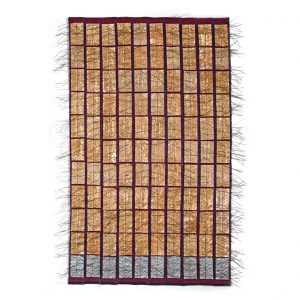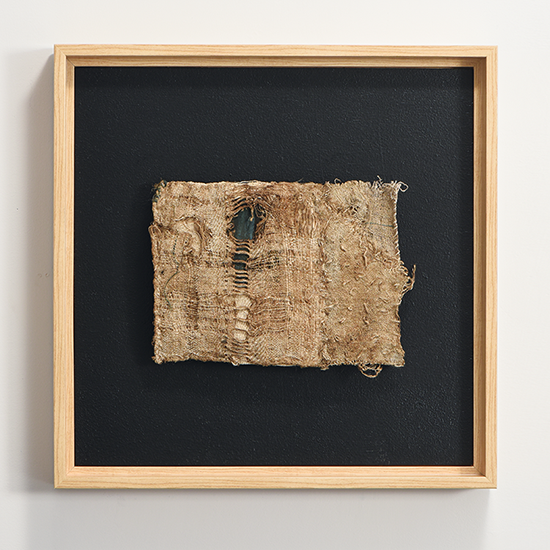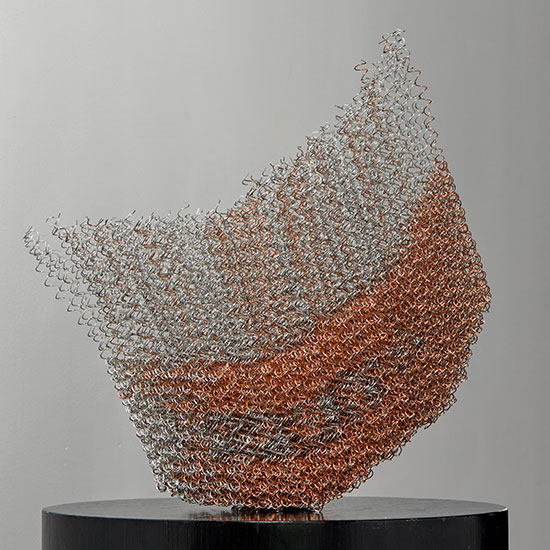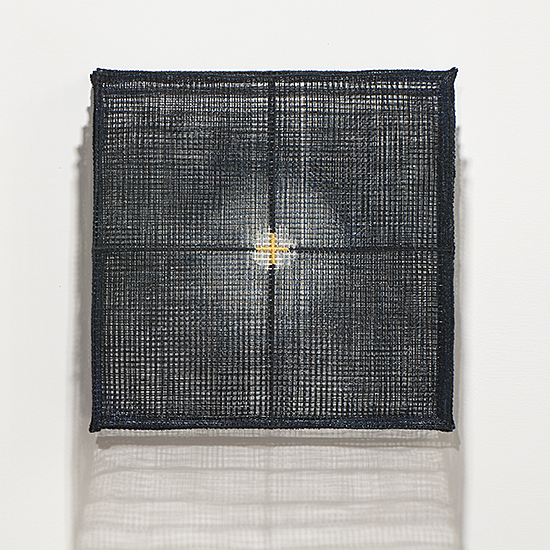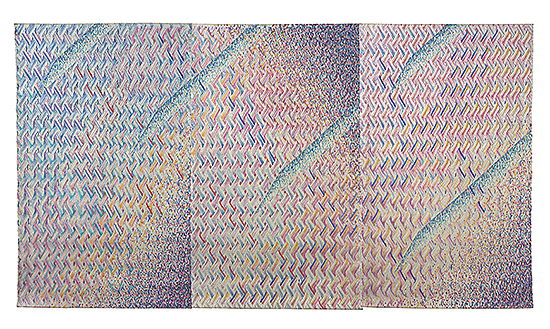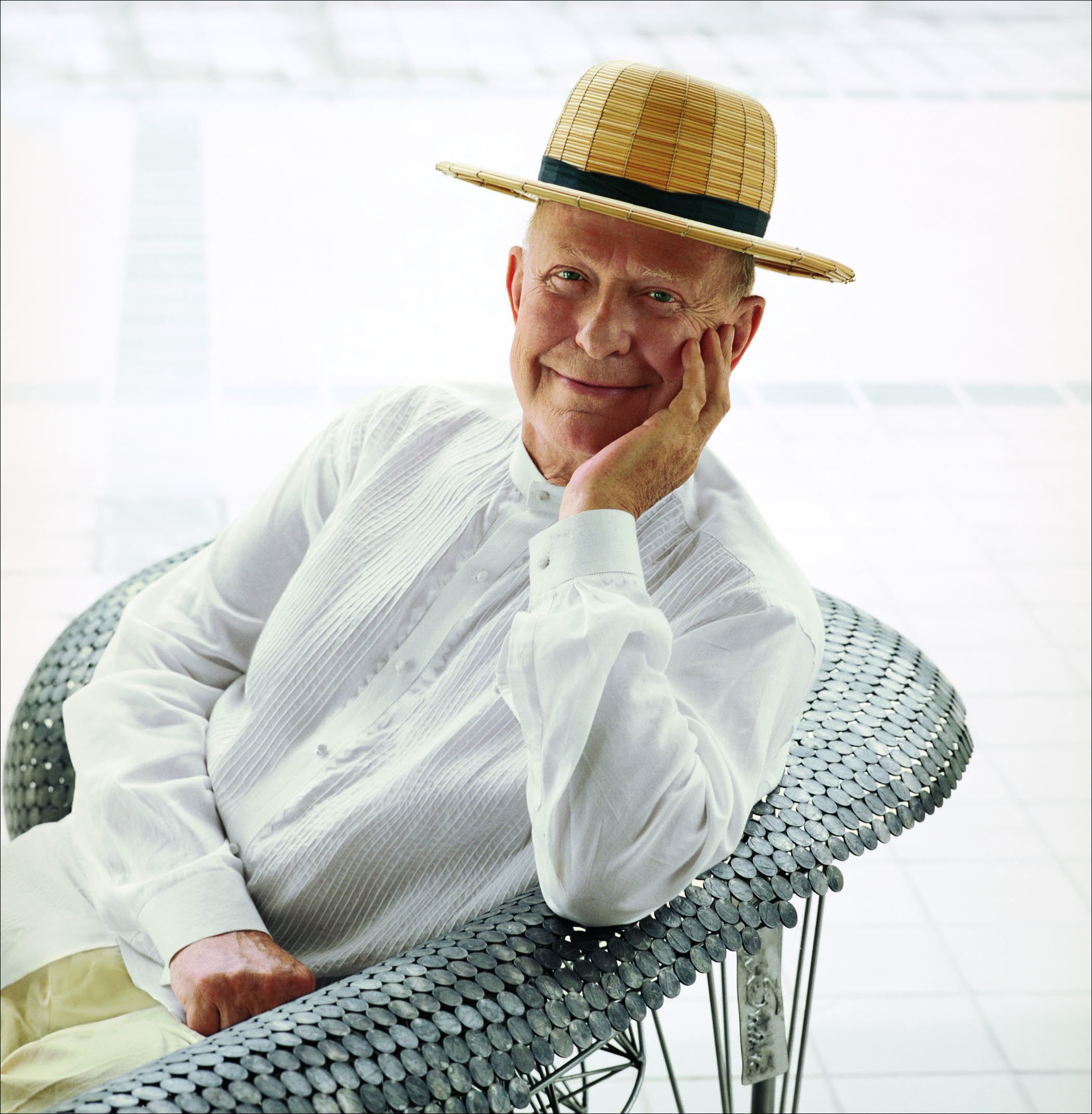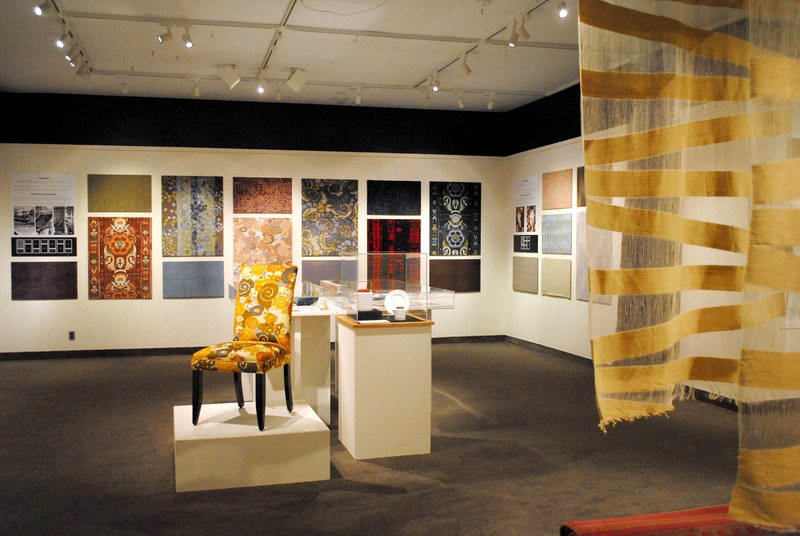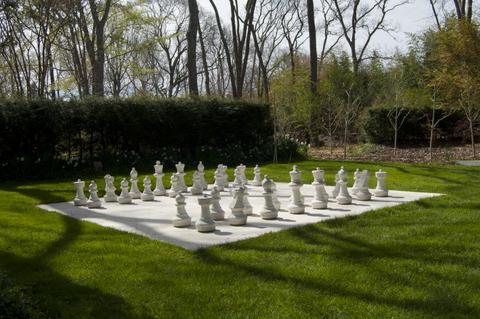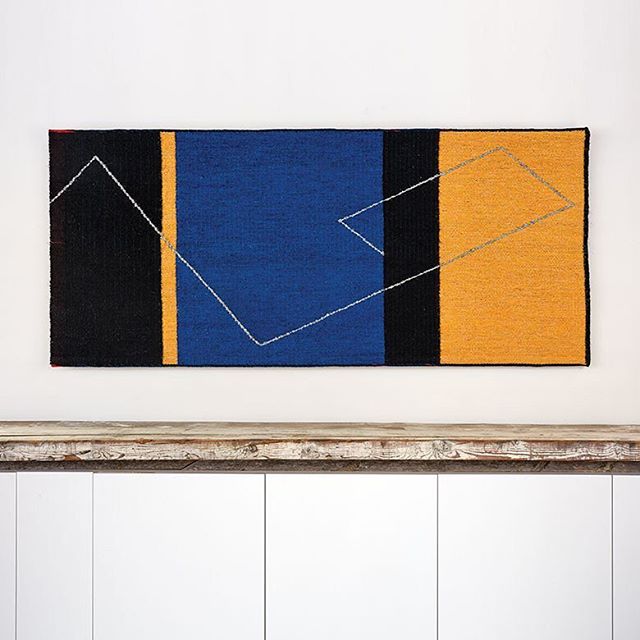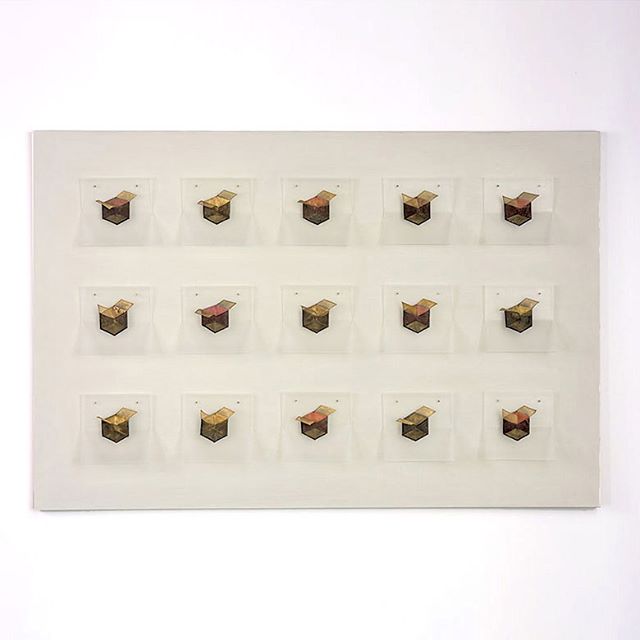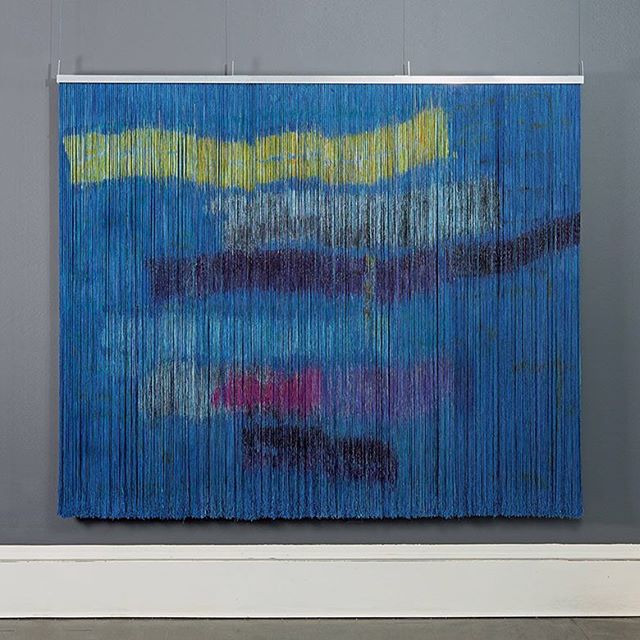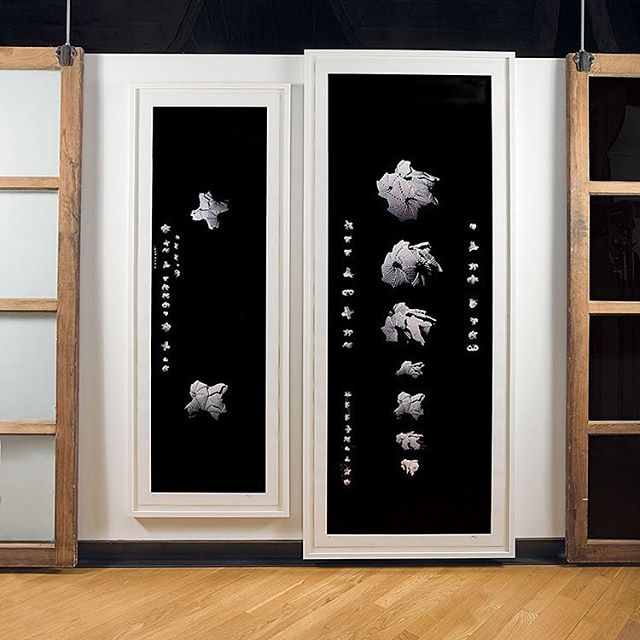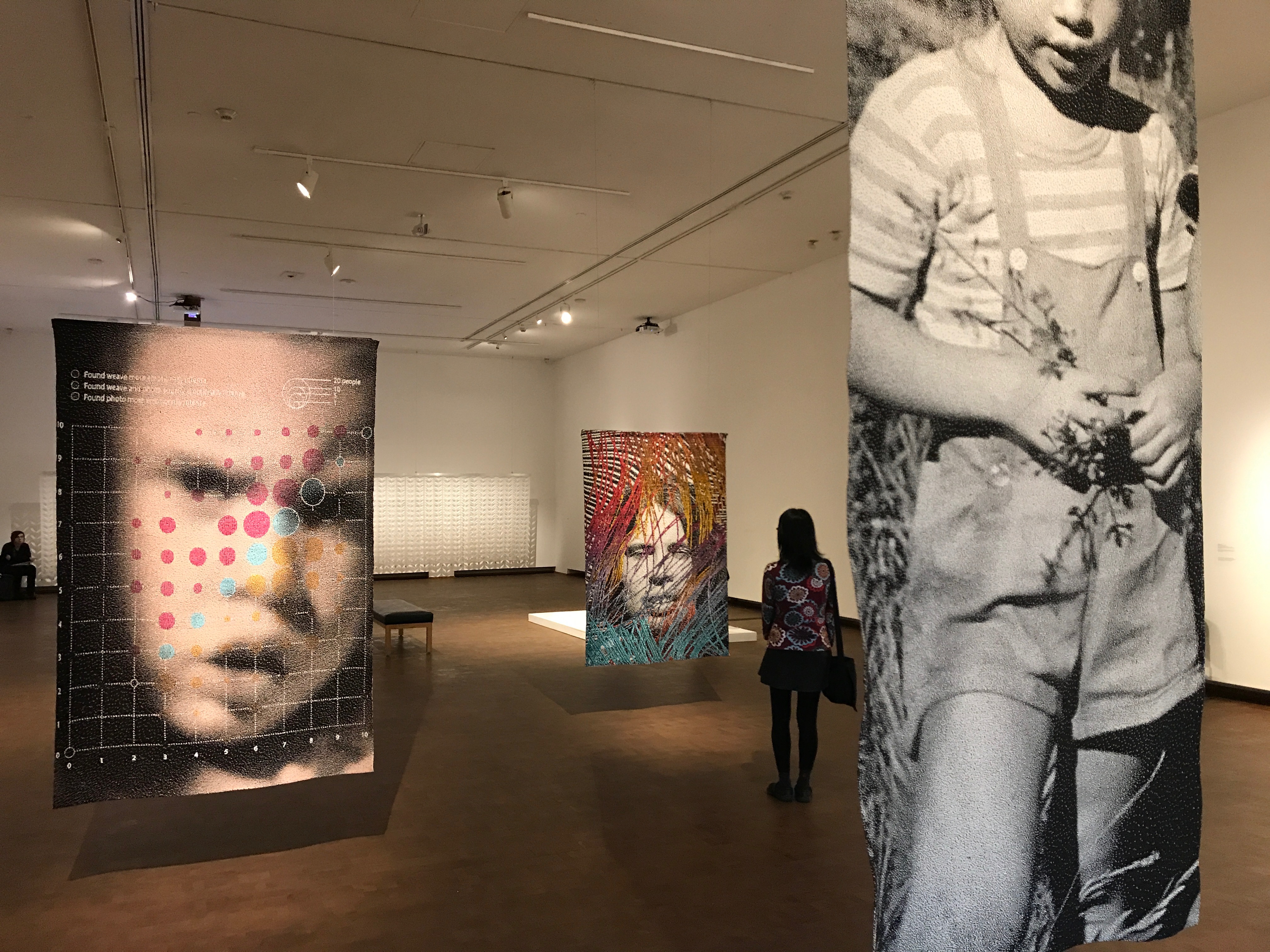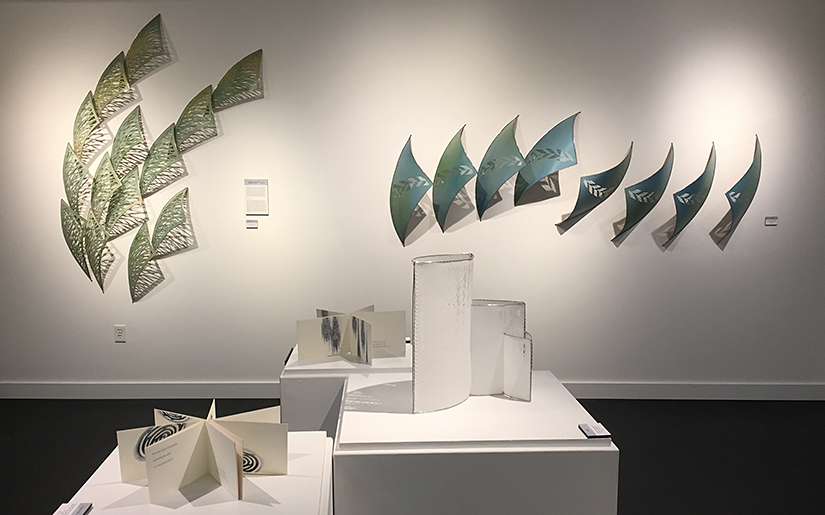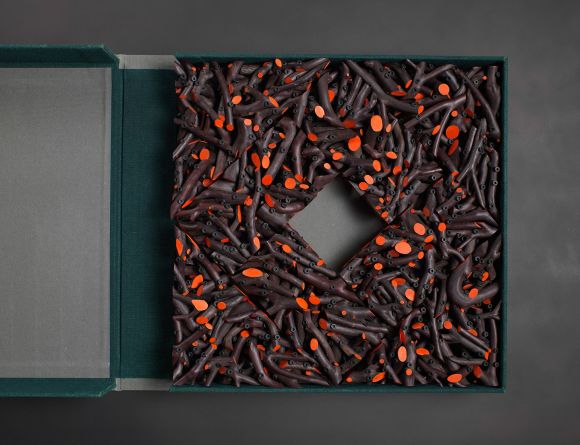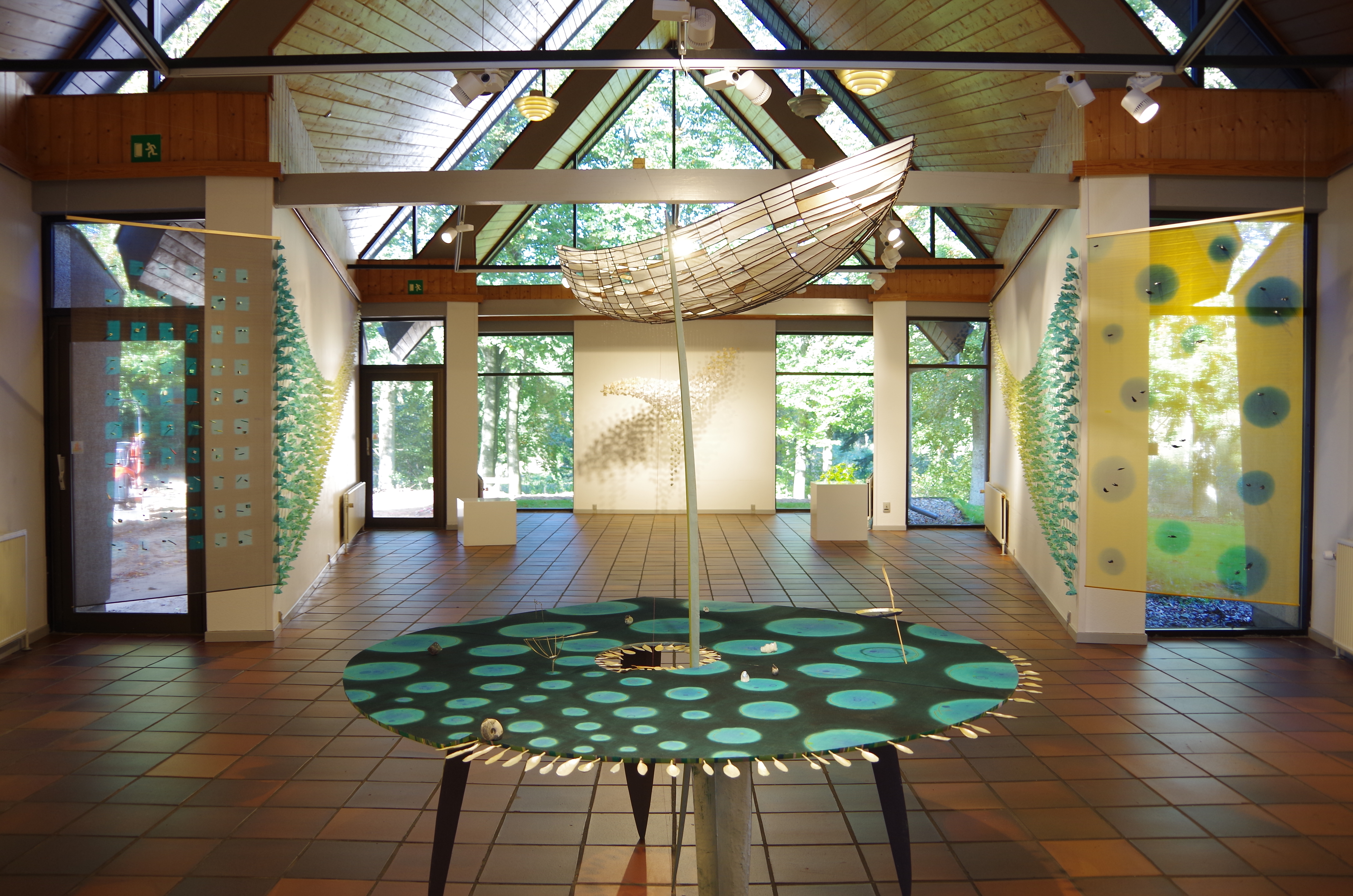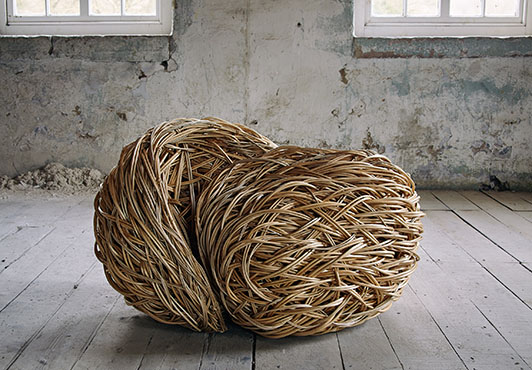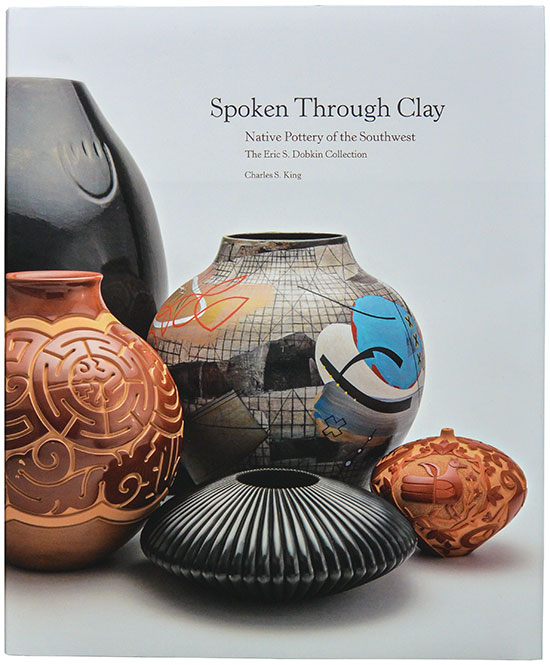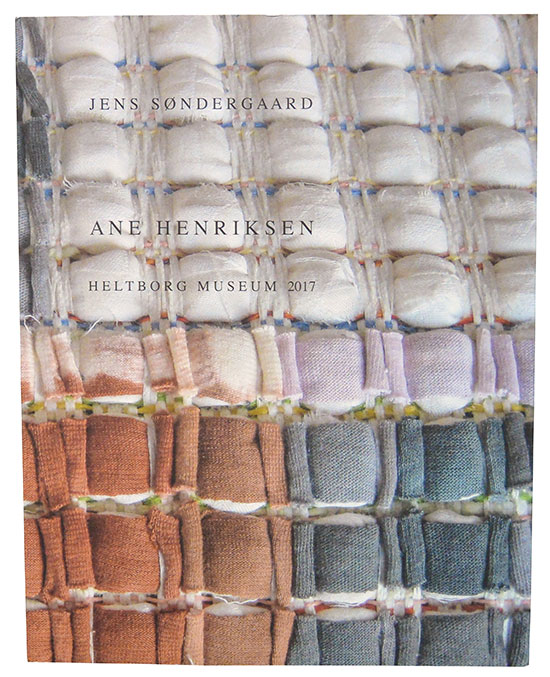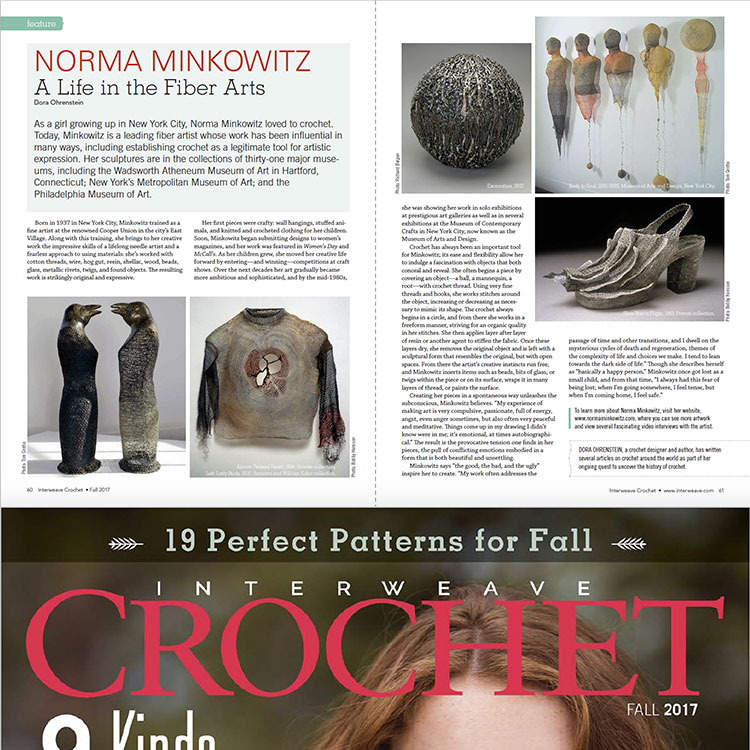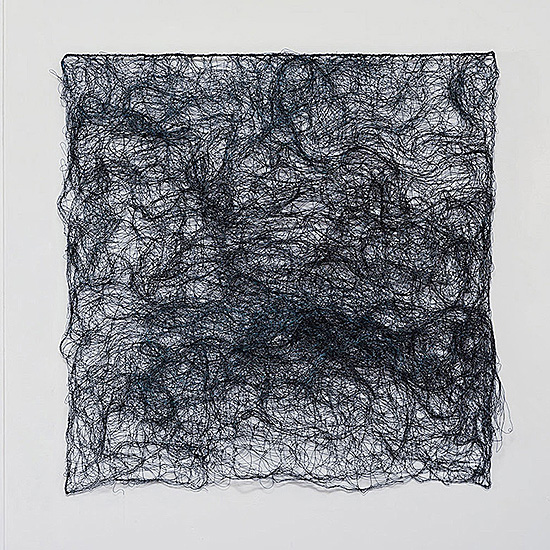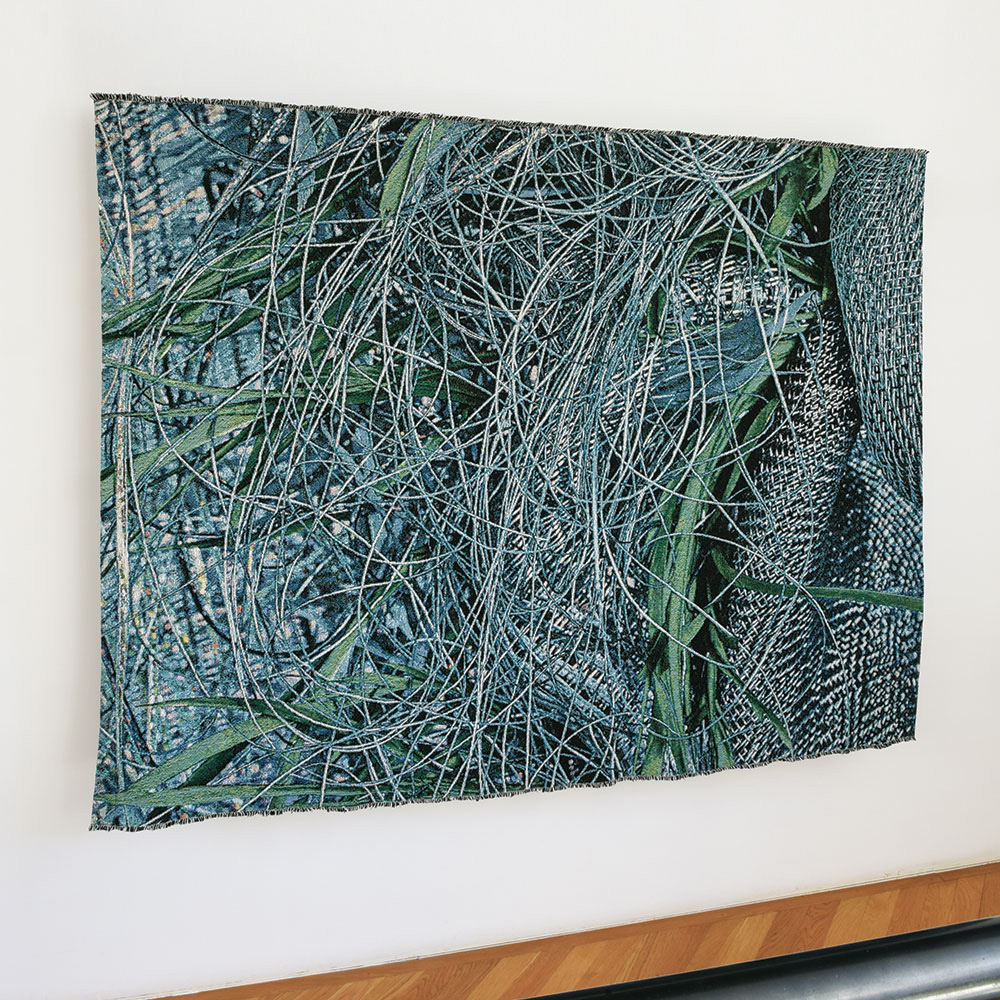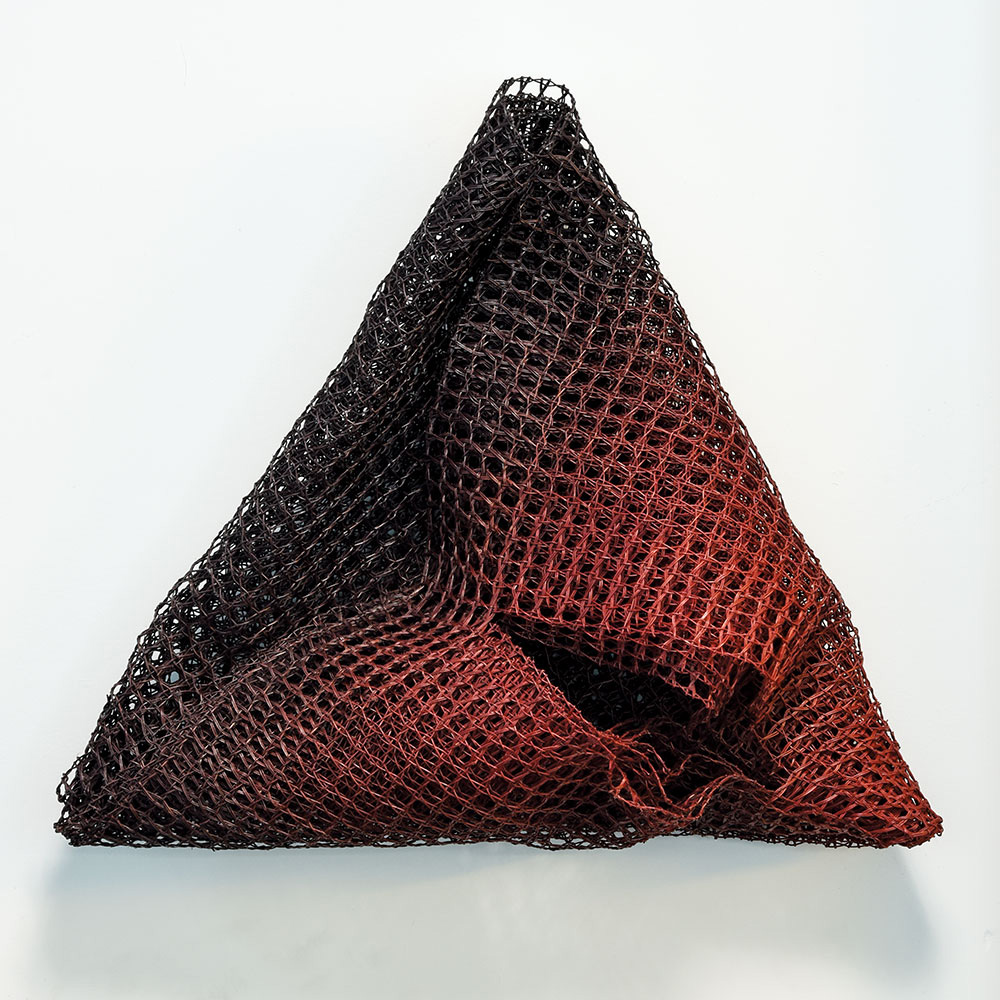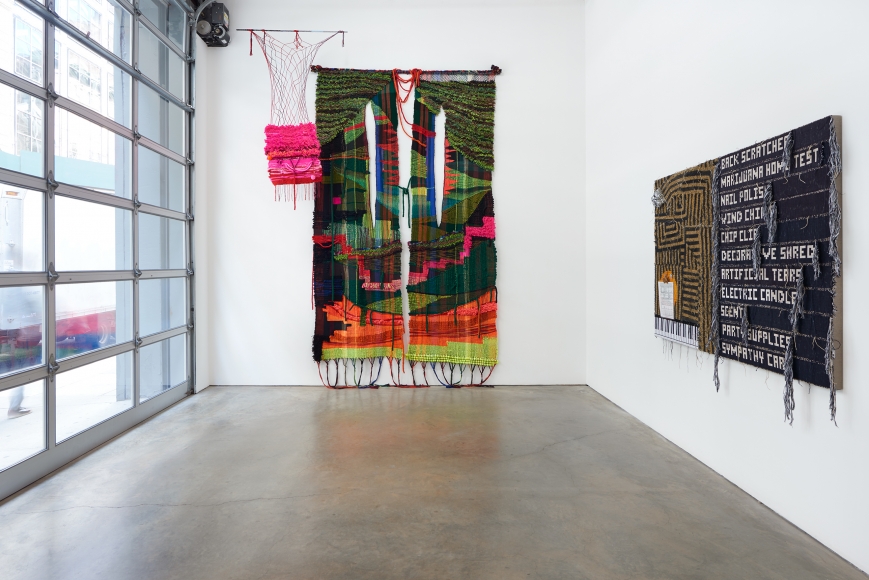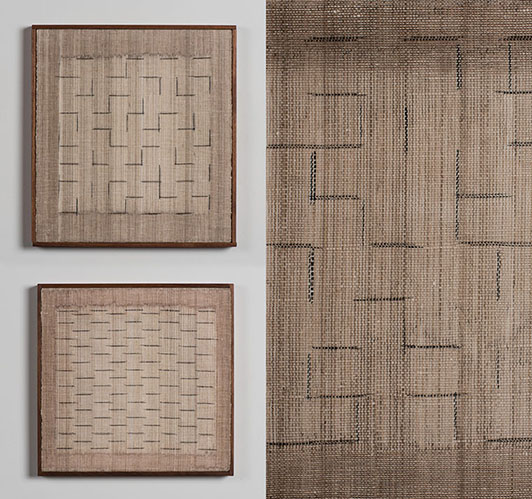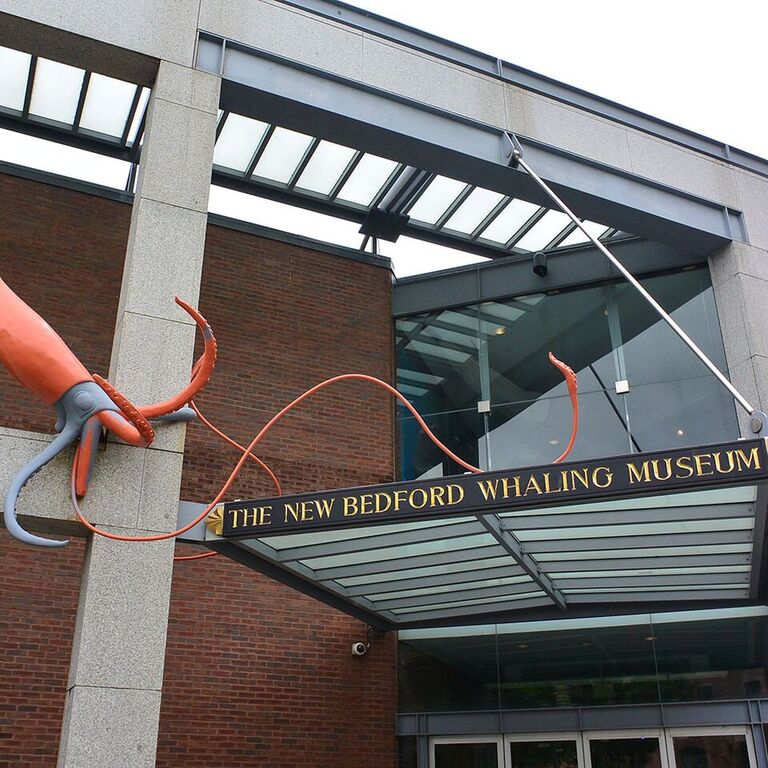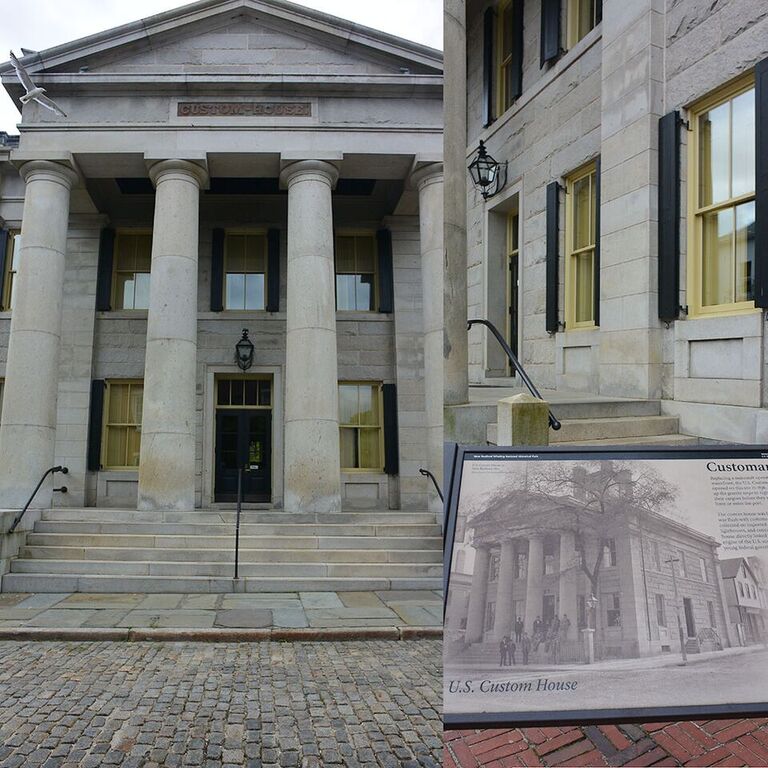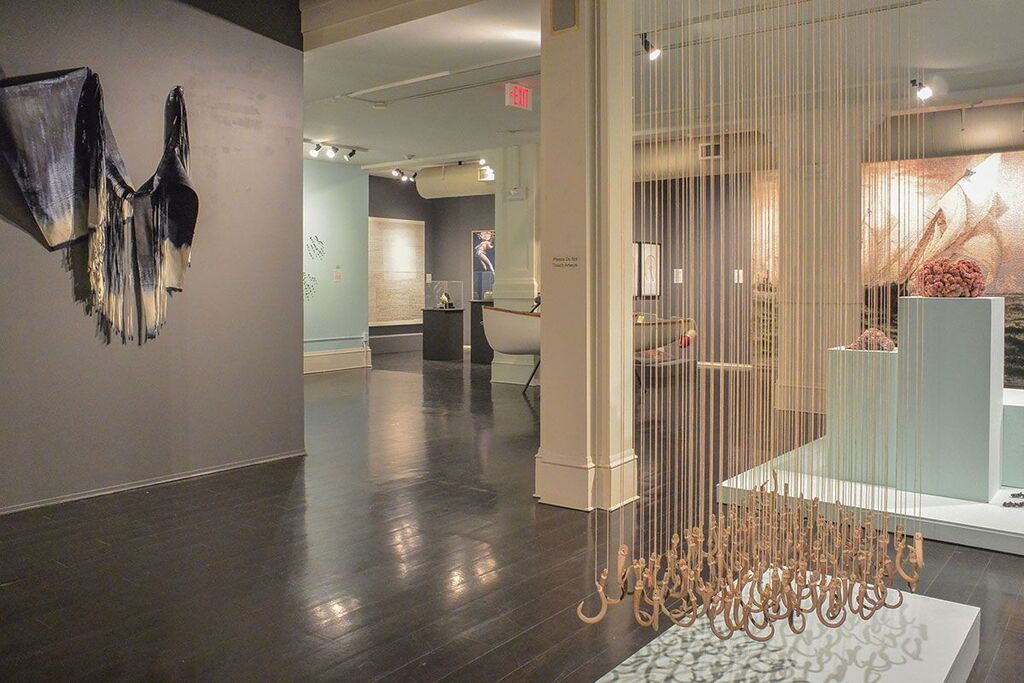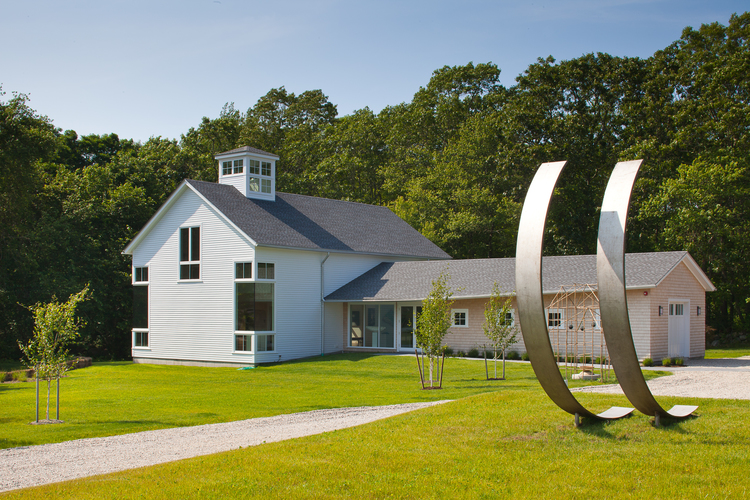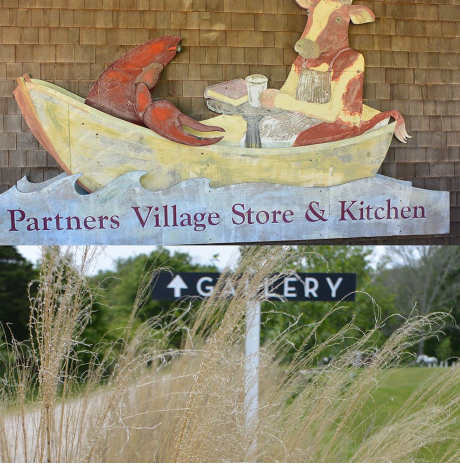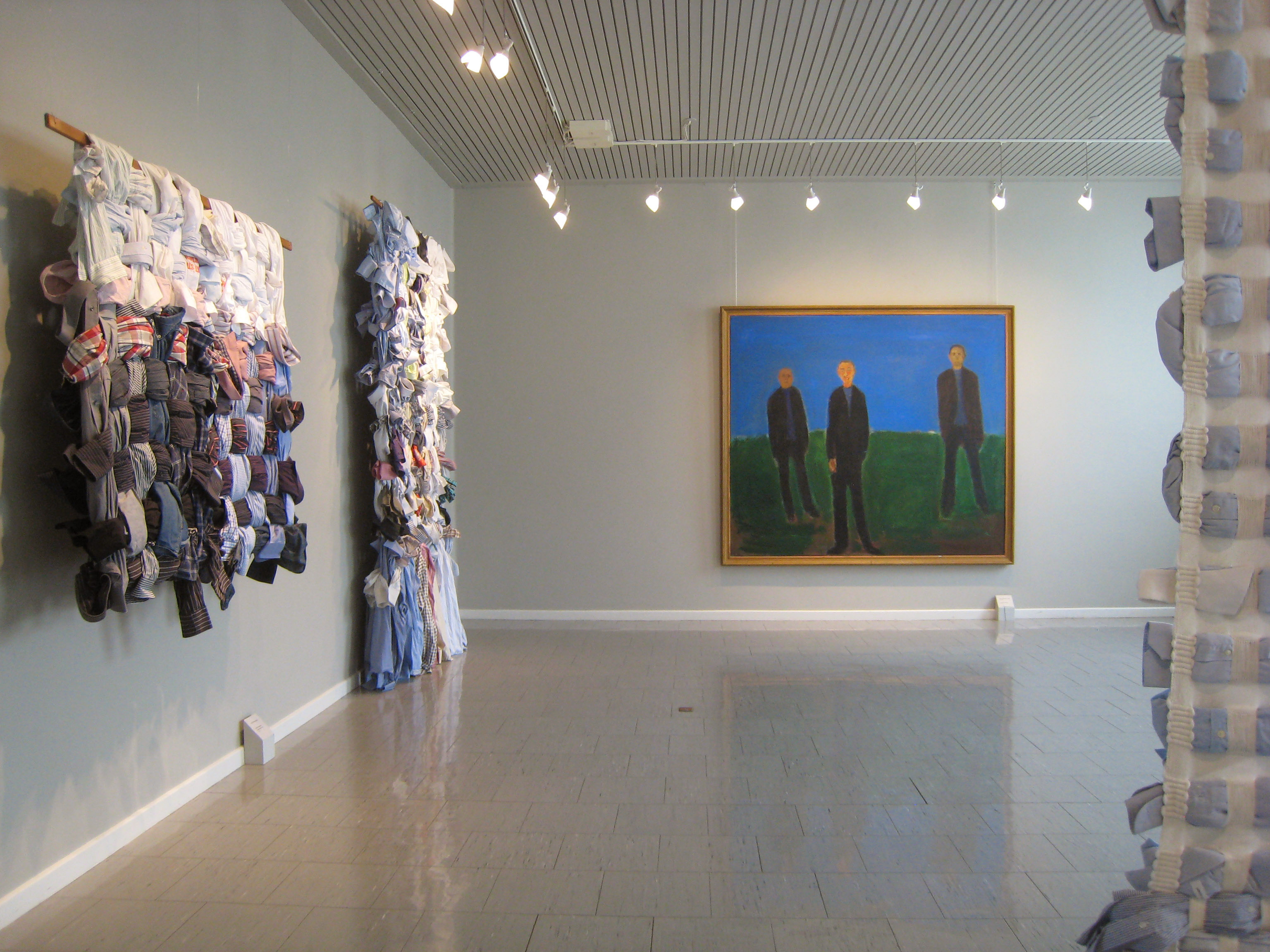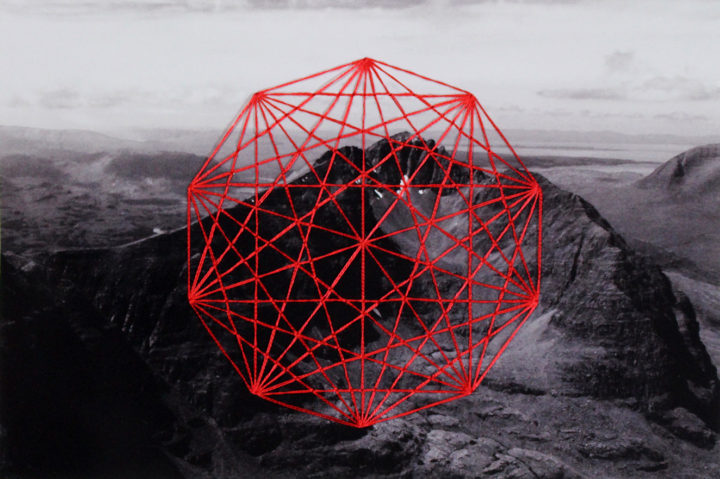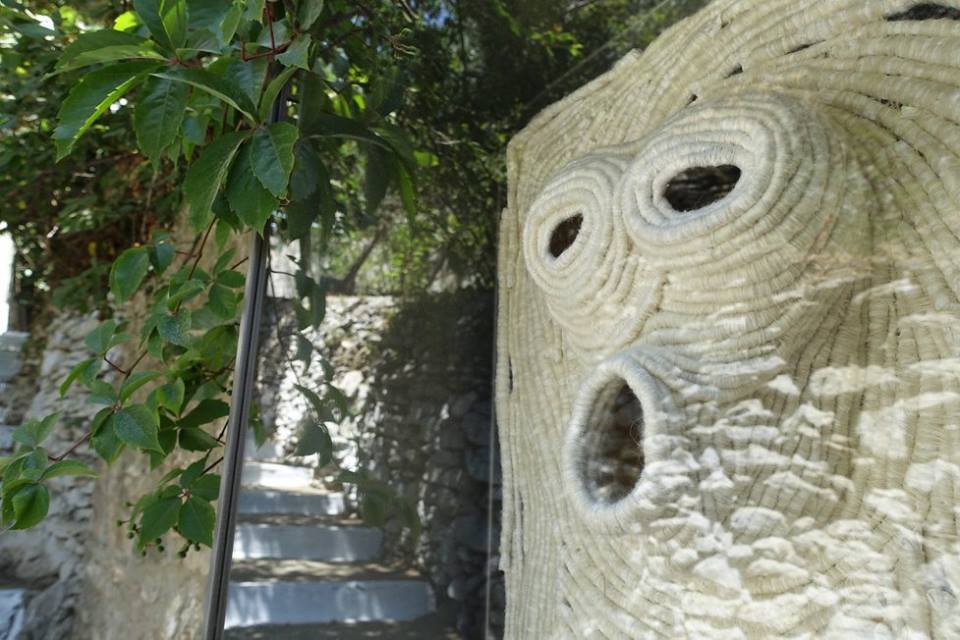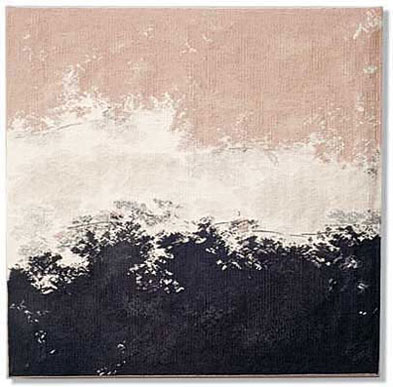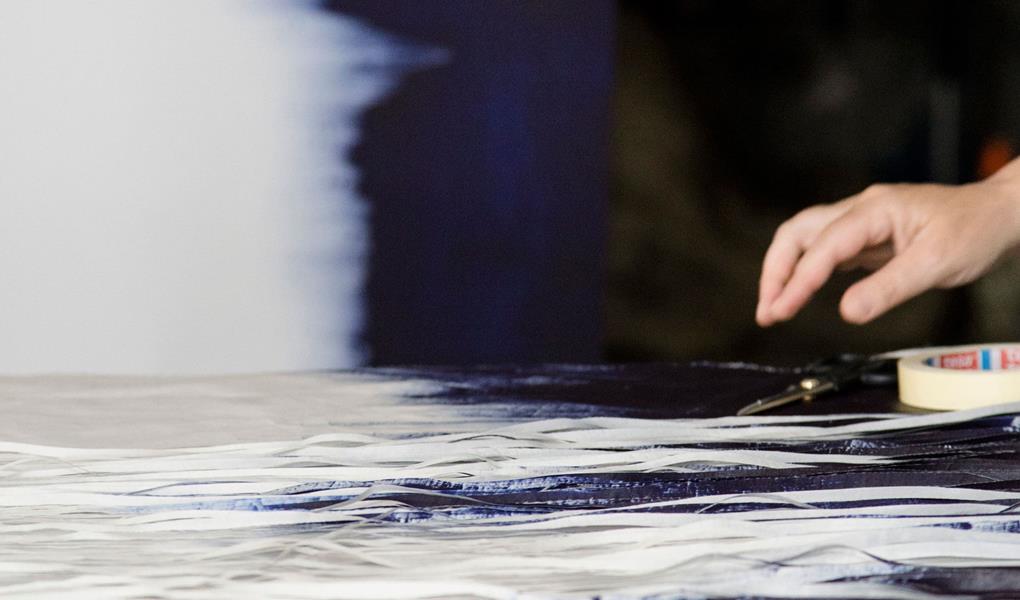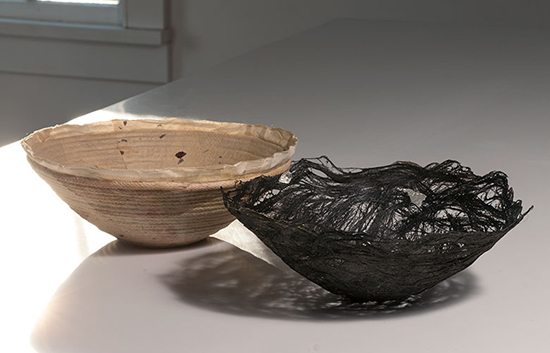
Untitled, Kay Sekimachi, Japanese paper and fiber flex, 4” x 11” x 11”, 1985
Silver Metallic, Kay Sekimachi, flax, 4” x 11” x 11”, 2008. Photo by Tom Grotta
We kicked off the new year with pieces by Kay Sekimachi. Sekimachi avoids color in many of her pieces in order to direct more attention to the sculptural qualities of her work as well as the natural properties of her chosen materials. Through her career, Sekimachi has been enamored with antique Japanese paper, using it in a variety of ways to create small pots, large sculptures and bowls, such as she did in Untitled.
In Forest Floor Lewis Knauss uses linen (waxed and natural), reed, twigs and acrylic paint to convey the natural layers and complexity of our landscape. “Landscape serves as witness to the passage of time and the cycle of life, its disturbing beauty often the result of natural or manmade events–drought, fire, flood.” The meticulous process Knauss goes through while constructing a piece cements his life and presence as a maker. For Knauss, the repetitive acts of knotting and long periods of working silence become a mediation through which he can release his gratitude for the environment.
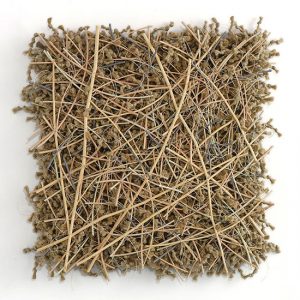
Forest Floor, Lewis Knauss
linen, acrylic paint, reed; twigs, waxed linen, 16” x 16”x 2.5” 2016/201. Photo by Tom Grotta
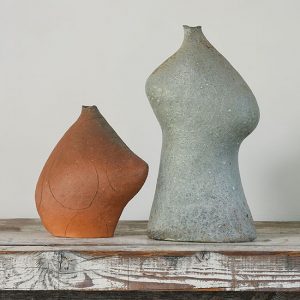
Ceramic 49, Yasuhisa Kohyama, wood-kiln ceramic, 11.25″ x 11″ x 6″
Ceramic 50, Yasuhisa Kohyama, wood-kiln ceramic, 18.25″ x 10″ x 5″ Photos by Tom Grotta
Next up we had two sculptures by Yasuhisa Kohyama. Kohyama pioneered the revival ancient ceramic traditions of Shigaraki by bringing back the use of the anagama, a single chambered tunnel kiln that had not been used since medieval times to create traditional Japanese suemono vessels. Kohyama derives much of his inspiration from nature. “Every time I fire, I’ve come to recognize that I am in Nature; I am a small part of Nature,” explains Kohyama “Intently I watch Nature over and over again; working with clay, inspired by Nature, I am free to allow creation to happen, approaching the experience as the ancients did.”
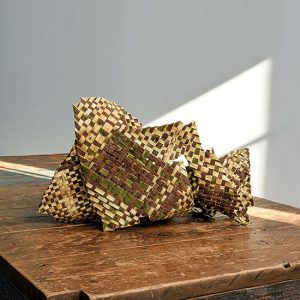
Capricious Plaiting, Kazue Honma, plaited paper, mulberry bark, 10.5″ x 18″ x 12.5″, 2016. Photo by Tom Grotta
This month we also featured Kazue Honma’s Capricious Plaiting, a labyrinth-like woven plaited paper mulberry bark basket. Led by Hisako Sekijima, Honma is one of a group of Japanese basket-makers who has radically experimented with traditional Japanese weaving techniques. Plaiting allows Honma to follow strict rules of geometry while also offering her the freedom to create new shapes. When weaving Capricious Plaiting Honma started at the dark square, then plaited in two different directions, continuously shifting directions at the moments she felt she should.
In our last New This Week of January, we featured Golden Red by Adela Akers. The reflectiveness of the metal foil coupled with the contrast of the red and blue linen creates a window-like effect.The dimensionality of Akers’ works can be attributed the reflection of light off of both the metal and horsehair. Akers’ background in science strongly influences the materials and process of her work. The mathematical discipline Akers exercises when working contrasts “the organic process (handweaving) and materials (linen & horsehair) that bring work to fruition.”

